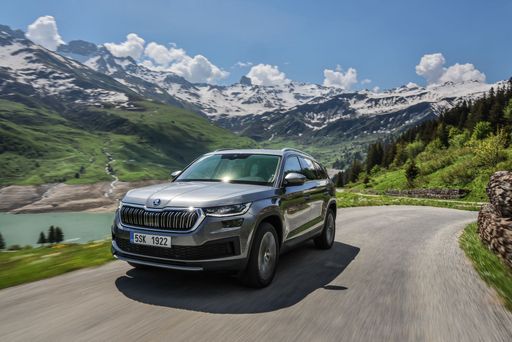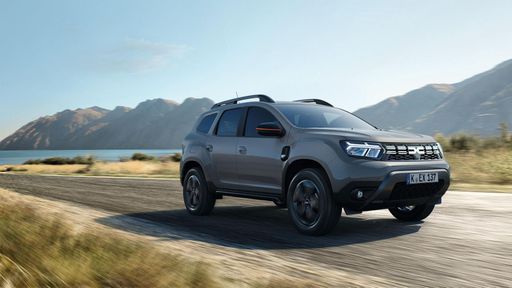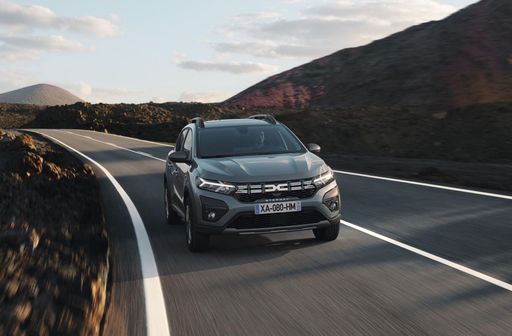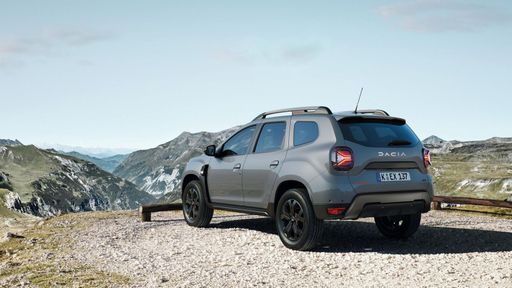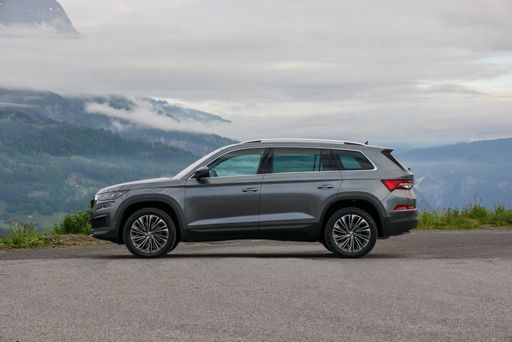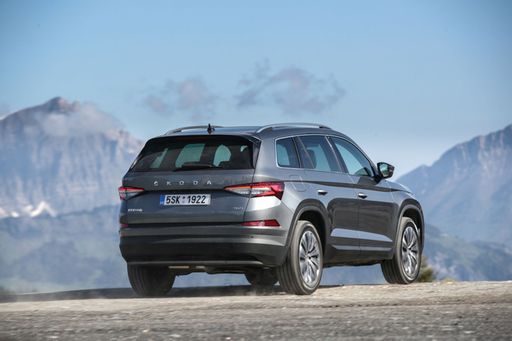A Showdown of SUVs: Dacia Duster vs. Skoda Kodiaq
In the bustling SUV market, two models consistently draw attention for their distinct attributes and value propositions: the Dacia Duster and the Skoda Kodiaq. Each offers its own set of enticing features and specifications tailored to different driving needs and preferences. This article delves into a detailed comparison of these two standout SUVs for 2024, focusing on their technical aspects and innovations.

